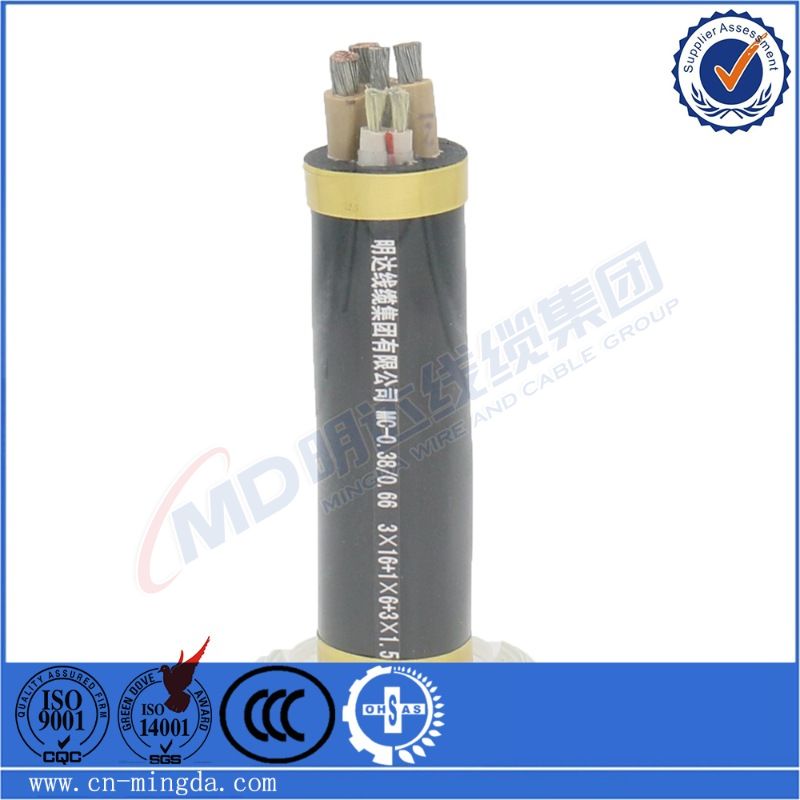Sep . 28, 2024 14:37 Back to list
Understanding the Functionality and Applications of Control Valves in Industrial Systems
Understanding Control Valves Key Components in Industrial Applications
Control valves are critical components in various industrial applications, playing a significant role in regulating fluid flow, pressure, temperature, and level within systems. These valves enable precise control of process variables, ensuring optimal performance and safety in operations. This article delves into the key aspects of control valves, their operation, types, and significance in industrial processes.
What is a Control Valve?
A control valve is a mechanical device that regulates the flow of fluids (liquids or gases) by varying the size of the flow passage. This action can be manual or automatic and is primarily used in conjunction with a feedback control system to maintain a specific setpoint. Control valves are essential in applications such as water treatment, chemical processing, oil and gas production, and HVAC systems.
How Do Control Valves Work?
The operation of a control valve is based on the principles of fluid dynamics and pressure differentiation. Control valves consist of various components, including the valve body, actuator, positioner, and various internals such as discs or plugs. The actuator plays a crucial role in moving the valve stem, which adjusts the position of the plug or disk in relation to the seat, thereby modulating the flow rate.
Control valves operate in conjunction with sensors and controllers, which monitor the process variable (such as flow rate) and compare it to the desired setpoint. If there’s a deviation, the controller sends a signal to the actuator, adjusting the valve's position to achieve or maintain the setpoint. This closed-loop control mechanism ensures optimal system performance.
Types of Control Valves
Various types of control valves are available, each designed to cater to specific applications. The most common types include
1. Globe Valves Known for their excellent throttling capability, globe valves are used in applications that require precise flow control.
control valve

2. Ball Valves Featuring a spherical disc, ball valves provide quick opening and closing capabilities and are suitable for applications requiring full flow control.
3. Butterfly Valves With a circular disc that rotates to control flow, butterfly valves are compact and lightweight, making them ideal for large-scale applications.
4. Gate Valves These valves are primarily used for on/off control, as they do not provide good throttling capacity. They are ideal for systems where the flow must be fully diverted or completely stopped.
5. Check Valves While not typically used for flow regulation, check valves prevent backflow in a system, ensuring the safe and efficient operation of pumps and other equipment.
Importance of Control Valves
Control valves are integral to the safe and efficient operation of industrial processes. They help maintain process integrity, prevent equipment damage, and improve operational efficiency. In industries like pharmaceuticals, food and beverage, or any highly regulated sector, proper control valve selection and maintenance are paramount to ensure compliance with safety and quality standards.
Additionally, modern control valves are increasingly equipped with advanced technologies, such as smart actuators and digital positioners, allowing for enhanced control capabilities and diagnostics. These innovations support predictive maintenance, leading to reduced downtime and increased operational reliability.
Conclusion
Control valves are vital components in various industrial applications, facilitating precise control of process variables to enhance efficiency and safety. Understanding their operation, types, and importance is essential for anyone involved in process design or management. As industries advance towards automation and smart manufacturing, the role of control valves will continue to evolve, reinforcing their significance in modern engineering. Proper selection, installation, and maintenance of these valves will ensure optimal performance and extended lifespan, contributing to the overall success of industrial operations.
Share
-
Reliable Wafer Type Butterfly Valves for Every IndustryNewsJul.25,2025
-
Reliable Flow Control Begins with the Right Ball Check ValveNewsJul.25,2025
-
Precision Flow Control Starts with Quality ValvesNewsJul.25,2025
-
Industrial Flow Control ReliabilityNewsJul.25,2025
-
Engineered for Efficiency Gate Valves That Power Industrial PerformanceNewsJul.25,2025
-
Empowering Infrastructure Through Quality ManufacturingNewsJul.25,2025